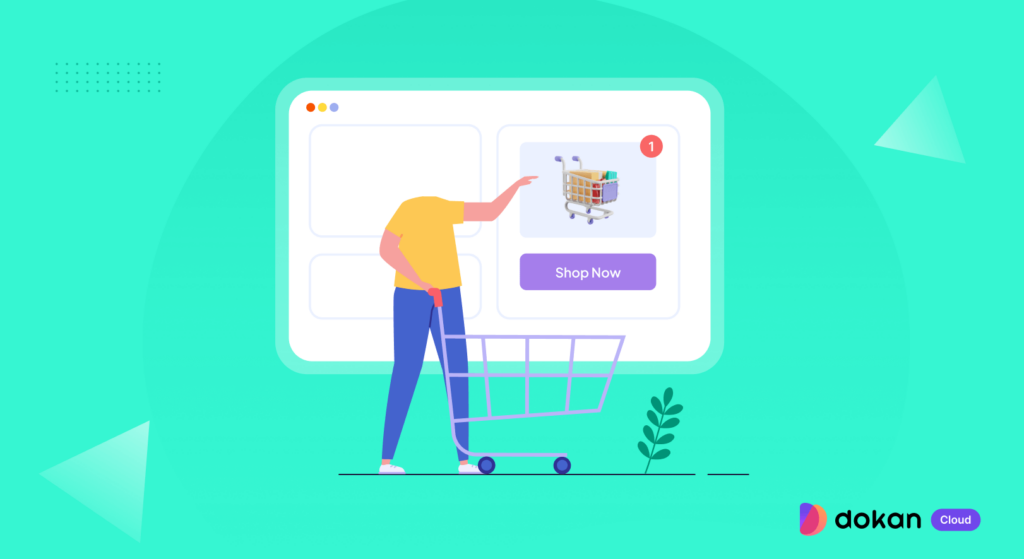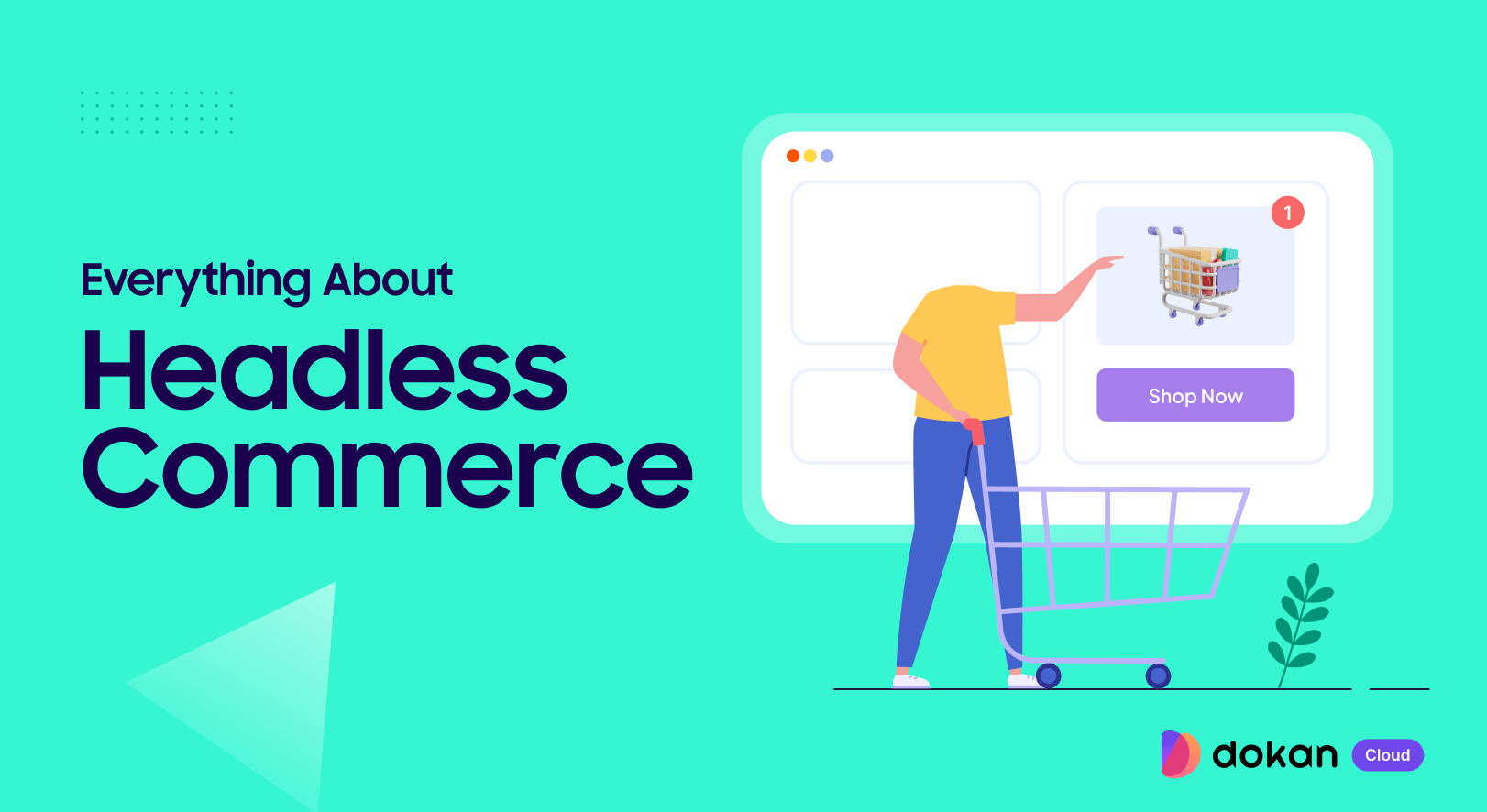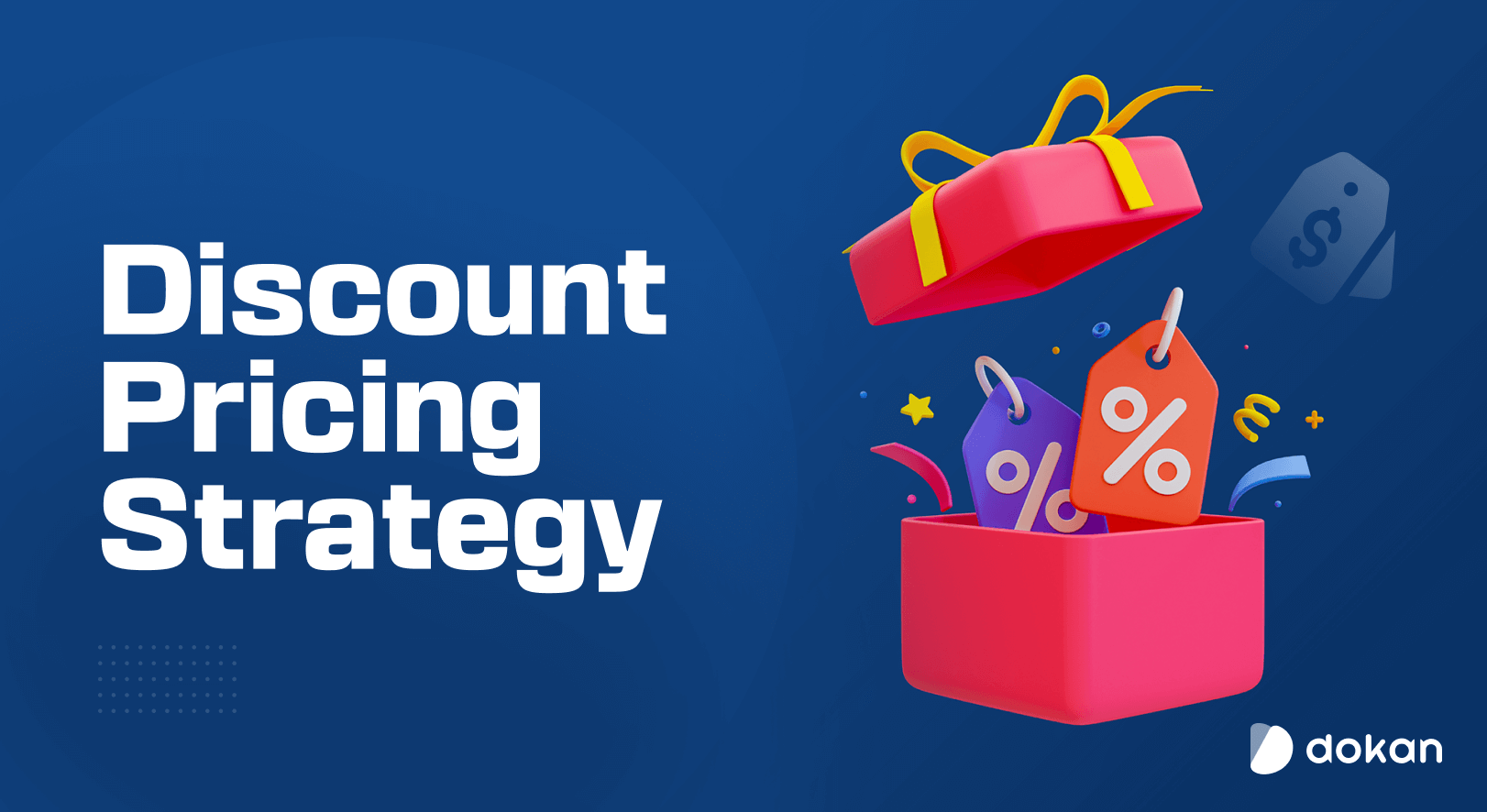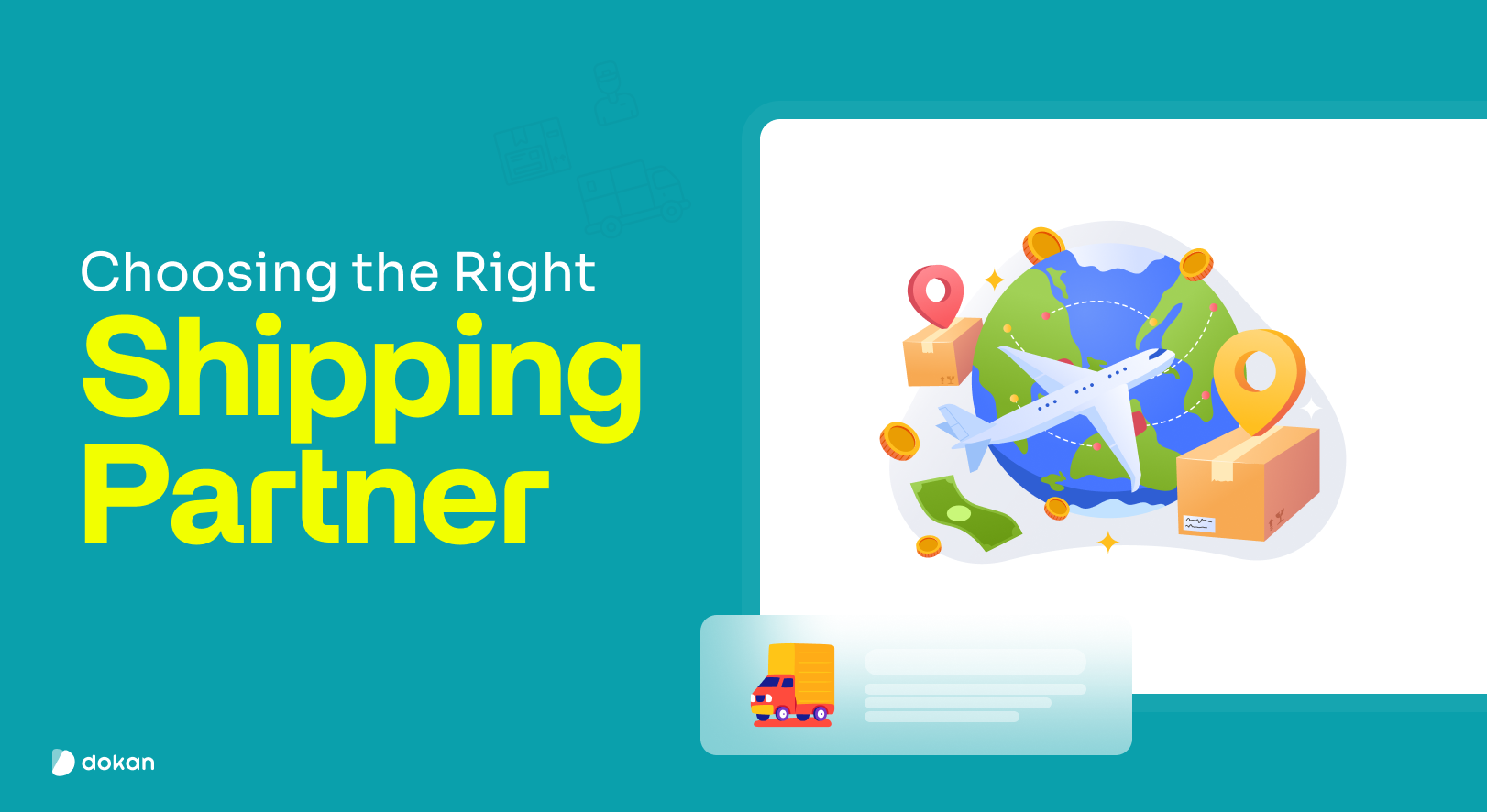Are you hearing a lot of buzz about headless commerce lately? If you’re running an eCommerce business or thinking about starting one, you might wonder what all the fuss is about.
Headless commerce is a new approach that offers more flexibility and customization to create unique customer shopping experiences.
But what exactly is headless commerce, and how does it work?
Don’t worry! In this guide, we’ll summarize it in simple terms. We’ll explore what makes headless commerce different from traditional eCommerce, the benefits it can bring, and the challenges you might face.
So, keep reading!
What is Headless Commerce?
Let’s imagine you’re building a house. The foundation is the most crucial part, right? It’s the base that holds everything together. In eCommerce, headless commerce is like the foundation of your online store.
But what exactly is headless commerce?
In traditional eCommerce, the front end (what customers see) and the back end (where the products, orders, and inventory are managed) are tightly coupled. They’re like two sides of a coin, always stuck together.
With headless commerce, we separate these two parts. The front end is completely decoupled from the back end. This means the front end can be built using any technology or framework you like, while the back end can focus solely on managing the core eCommerce functions.

In a headless setup, you can choose any “front” you want for your store. You can have a website, a mobile app, or even an interactive kiosk – and they all connect to the same backend system. It’s like having one powerful engine running multiple different vehicles!
How Headless Commerce Works
Let’s compare your online store with a food truck that sells delicious sandwiches.
In a traditional setup, the kitchen (backend) and the serving window (frontend) are stuck together. If you want to change the serving window or add a new one, you’d have to change the kitchen too, which is a lot of work.
Now, with headless commerce, the kitchen is on its own, separate from the serving window. The kitchen can send sandwiches to different places – a serving window, a drive-thru, or even a delivery service. It doesn’t matter where the order comes from because the kitchen (back end) isn’t attached to any specific window (front end).
Here’s where the magic happens: the API. An API is like a delivery person who takes the order from the customer and brings it to the kitchen. The kitchen prepares the sandwich and hands it back to the delivery person, who then gives it to the customer – whether they’re at the serving window, ordering from an app, or using a chatbot.
So, in headless commerce, the back end is separate from the front end. The API is the delivery person that connects them. This setup allows you to easily sell your products anywhere – on a website, an app, or even social media – without having to change the backend every time.
Traditional Commerce vs Headless Commerce – Key Differences
You are already aware of traditional commerce, right? Now after coming this far, you are gaining an idea about what is headless commerce.
To make your idea crystal clear, in this segment, we will show you a comparison table of traditional commerce vs headless commerce. Take a look to understand what exactly the difference between traditional commerce and headless commerce!
| Feature | Traditional Commerce | Headless Commerce |
|---|---|---|
| Frontend and Backend Connection | Tightly connected, frontend and backend are dependent on each other. | Separated, frontend and backend work independently. |
| Flexibility | Limited flexibility, changes to one require changes to the other. | Highly flexible, frontend changes don’t affect the backend and vice versa. |
| Customization | Customization is difficult and often limited by the platform’s structure. | Easier to customize, you can use any frontend technology you prefer. |
| Omnichannel Capability | Hard to implement, requires significant effort to add new channels. | Easily supports multiple channels (websites, apps, kiosks, etc.) through APIs. |
| Cost | Often less expensive | Can be more expensive, especially for complex projects |
| Development Time | Generally faster | Can be slower, especially for complex projects |
Benefits of Headless Commerce
Headless commerce comes with a bunch of cool benefits that make it a great choice for modern businesses.
Let’s go through some of the key advantages!
1. Flexibility and Freedom
With headless commerce, you have the freedom to design your online store exactly how you want. Since the frontend is separate from the backend, you can easily change the look and feel of your store without messing up the backend.
Want to redesign your website or create a mobile app? No problem! You can do that without touching your backend system.
Example: Imagine you want to run a special holiday-themed version of your store just for mobile users. With headless commerce, you can quickly create a new frontend for mobile while keeping your existing website and backend running smoothly.
2. Faster Time to Market
Launching new features or entering new markets becomes much quicker with headless commerce. Since you don’t need to make major changes to the backend every time you update the frontend, you can roll out new ideas faster.
This is perfect for businesses that want to stay ahead of trends and respond quickly to customer needs.
Example: Let’s say a new social media platform becomes popular. With headless commerce, you can easily create a new frontend that integrates with this platform, reaching your customers where they are, without overhauling your entire system.
3. Better Customer Experience
Headless commerce allows you to create tailored experiences for different devices. Whether your customers are shopping on a desktop, mobile, or even through a voice assistant, you can design a front end that perfectly suits each platform. This leads to a smoother, more enjoyable shopping experience.
Example: If you know that most of your customers use mobile devices, you can create a mobile-first design that’s fast, easy to navigate, and optimized for touchscreens – all without affecting your desktop site.
4. Easier to Scale
As your business grows, headless commerce makes it easier to scale your operations. You can add new sales channels, integrate with new technologies, or expand to new markets without having to rebuild your entire system.
Each part of your store can grow independently, which is more efficient and cost-effective.
Example: If your business suddenly takes off and you need to handle a huge spike in traffic, you can scale up the backend without worrying about how it will affect the front end. It also ensures your store stays fast and responsive.
5. Enhanced Security
Because headless commerce decouples the front end from the backend, it can be more secure. Since the backend is not directly exposed to the frontend, it’s harder for attackers to exploit vulnerabilities.
You can also implement different security measures on the front end and back end to add an extra layer of protection.
Example: You might choose to add extra security features to your checkout process on the frontend, while keeping your backend database secure and separate, reducing the risk of data breaches.
Popular Headless Commerce Platforms in 2024

If you’re thinking about going headless with your online store, you’ll need a platform that supports headless commerce.
Here are five popular headless commerce platforms in 2024 that can help you create a flexible and powerful eCommerce experience:
- Dokan Cloud
- Shopify
- BigCommerce
- Commercetools
- Adobe Commerce
Now let’s get into the details!
1. Dokan Cloud
Dokan Cloud is an emerging star in the headless commerce world. It is known for its multivendor capabilities which means Dokan Cloud allows you to build an online marketplace where multiple vendors can sell their products under your brand.
This platform offers a headless approach to let you create a customized front-end experience while managing all the backend operations seamlessly. This is perfect for businesses looking to create their own “Amazon-like” marketplace with complete control over the user interface.
Key Features
- Multivendor marketplace support.
- API-driven architecture for flexibility.
- Comes with its own page-building feature.
- Easy integration with various payment gateways and shipping providers.
2. Shopify
Shopify is one of the most well-known eCommerce platforms, and it’s also a great choice for headless commerce. Shopify’s headless capabilities allow you to use its powerful backend while creating a completely custom frontend with your preferred technology.
Whether you want to build a mobile app, a custom website, or even an in-store kiosk, Shopify’s APIs make it easy to connect everything.
Key Features
- Extensive app ecosystem for added functionality.
- Robust API for connecting any front-end.
- Easy to manage with Shopify’s user-friendly admin panel.
- Supports multiple sales channels (web, mobile, social media).
3. BigCommerce
BigCommerce is another top player in the headless commerce space. It’s known for its enterprise-level features and scalability which makes it a solid choice for growing businesses.
BigCommerce’s headless solution allows you to create unique frontend experiences while leveraging its powerful backend tools for managing products, orders, and customer data. Plus, it’s highly customizable, so you can tailor it to fit your business needs.
Key Features
- Enterprise-grade scalability.
- Flexible APIs for custom front-end development.
- Built-in SEO features to improve search rankings.
- Supports multiple currencies and languages for global businesses.
4. Commercetools
Commercetools is designed specifically for headless commerce and is known for its flexibility and innovation. It’s a cloud-based platform that focuses on delivering highly customizable and scalable solutions.
Commercetools uses a microservices architecture, which means you can build your store using small, independent services that can be updated and scaled individually. This makes it a great choice for businesses that need a highly adaptable platform.
Key Features
- Microservices-based architecture for flexibility.
- API-first approach for seamless integration.
- Supports complex business models and custom workflows.
- Highly scalable, suitable for large and dynamic eCommerce operations.
5. Adobe Commerce (Formerly Magento)
Adobe Commerce, formerly known as Magento, is a powerful platform that offers headless capabilities for businesses that want total control over their online store.
Adobe Commerce’s headless approach allows you to create a custom frontend experience while leveraging its comprehensive backend features. It’s especially well-suited for large businesses with complex needs, thanks to its robust customization options and extensive feature set.
Key Features
- Extensive customization options.
- Powerful APIs for creating unique front-end experiences.
- Strong community support and a large ecosystem of extensions.
- Built-in marketing and analytics tools.
These are the popular headless commerce platforms in 2024. You can check each platform and choose the best-suited solution for you.
If you want our recommendation, we would like to recommend you use the Dokan Cloud headless commerce solution.
Because it’s comparatively a new platform that comes with the most advanced technology and feature set. Also, it’s the cheapest solution that can empower any small business that has a tight budget. Last but not least, apart from the single-store support, the Dokan Cloud is the number one platform for creating any type of online multivendor marketplace.
Want to Create an
Furniture Marketplace?
Who Should Use a Headless Commerce Solution?
Headless commerce isn’t for everyone, but it’s a great fit for some businesses. Here’s who should consider it:
I. Businesses Looking for Flexibility
If your business needs a custom look and feel that a standard eCommerce platform can’t provide, headless commerce could be a great choice. It lets you design your online store exactly how you want it, without being stuck with pre-made templates. This is perfect if you want to create a unique shopping experience for your customers.
Example: Imagine a fashion store that wants a cool, interactive website where customers can see clothes in 3D or virtually try them on. Headless commerce makes this possible!
III. Brands Heavy on Content
If your business relies on content like blogs or videos to drive sales, headless commerce makes it easy to link all your content to your products.
Example: A fitness brand that posts workout videos and wants to link them to their gear.
III. Multi-Channel Sellers
Headless commerce is perfect if you sell on multiple platforms. It keeps everything connected and consistent across your website, app, and even physical stores.
Example: A business that sells online and through an app and wants a seamless experience everywhere.
IV. Tech-Savvy Companies
If you have a strong tech team or don’t mind hiring one, headless commerce allows you to innovate and build custom solutions for your business.
Example: A tech startup that’s already building apps and wants to try new shopping features.
What is Headless Commerce – Key Takeaways for You
Headless commerce is a powerful approach for eCommerce businesses that want more flexibility, customization, and scalability. By separating the front end from the back end, you have the freedom to create unique shopping experiences and adapt quickly to new trends and technologies.
If you’re looking to stand out in the crowded eCommerce market and have the resources to manage a more complex platform, headless commerce could be a great fit.
Ready to launch your own eCommerce business? Check our checklist to do that!
Now if you have any further confusions related to headless commerce, feel free to share them with us using the comment box below. We would love to address your comments at our earliest convenience. Happy selling!
Subscribe to
Dokan blog
We send weekly newsletters, no spam for sure!







Leave a Reply